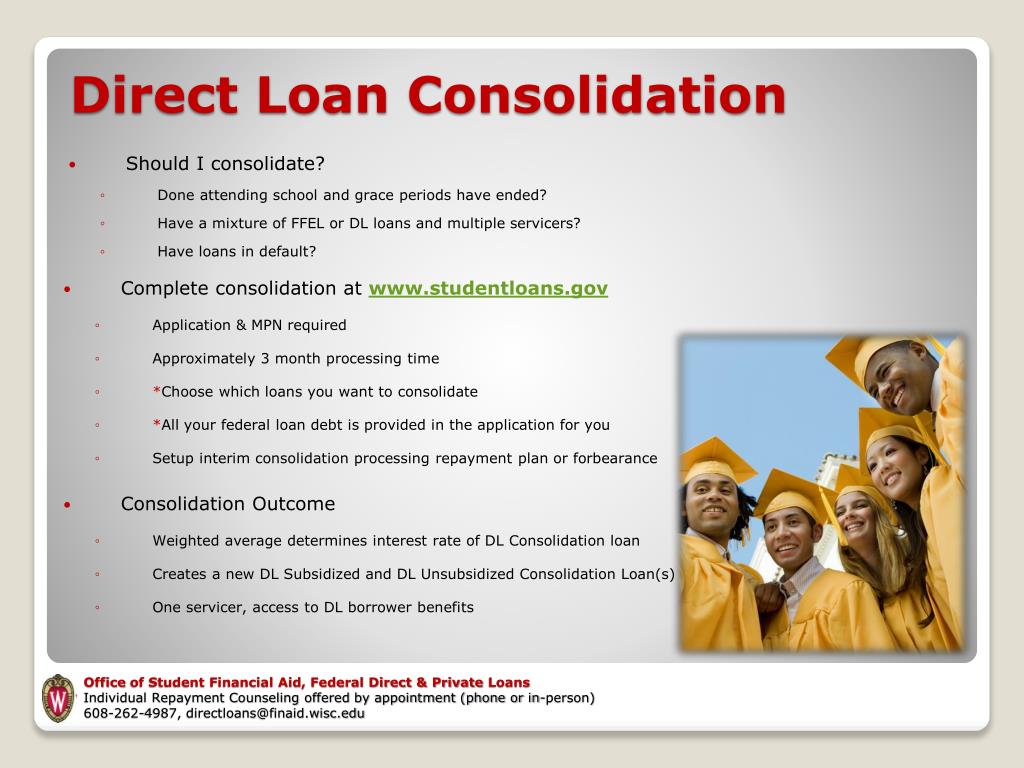
How We Make Money
The businesses whose offers you see on this website pay us. Unless our mortgage, home equity, and other home lending products are specifically prohibited by law, this compensation may have an impact on how and where products appear on this website, including, for example, the order in which they may appear within the listing categories. However, this payment has no bearing on the content we post or the user reviews you see here. We don’t include the range of businesses or loan options that you might have.

Our goal at Bankrate is to assist you in making more informed financial decisions. Although we follow stringent guidelines, this post might mention goods from our partners. Heres an explanation for . Bankrate logo.
Bankrate was established in 1976 and has a long history of assisting consumers in making wise financial decisions. We’ve upheld this reputation for more than 40 years by assisting people in making sense of the financial decision-making process and providing them with confidence regarding their next course of action.
You can rely on Bankrate to prioritize your interests because we adhere to a rigorous editorial policy. All of the content we publish is objective, accurate, and reliable because it is written by highly qualified professionals and edited by subject matter experts.
So that you can feel secure when investing your money, our loans reporters and editors concentrate on the topics that matter most to consumers: the various loan options, the greatest rates, the best lenders, how to pay off debt, and more. Bankrate logo.
You can rely on Bankrate to prioritize your interests because we adhere to a rigorous editorial policy. Our team of distinguished editors and reporters produces truthful and precise content to assist you in making wise financial decisions.
We value your trust. Our goal is to give readers reliable, unbiased information, and we have established editorial standards to make sure that happens. Our reporters and editors carefully verify the accuracy of the editorial content they produce, making sure you’re reading true information. We keep our editorial staff and advertisers apart with a firewall. No direct payment from our advertisers is given to our editorial staff.
The editorial staff at Bankrate writes for YOU, the reader. Providing you with the best guidance possible to enable you to make wise personal finance decisions is our aim. We adhere to stringent policies to guarantee that advertisers have no influence over our editorial content. Advertisers don’t pay our editorial staff directly, and we carefully fact-check all of our content to guarantee accuracy. Thus, you can be sure that the information you’re reading, whether it’s an article or a review, is reliable and reputable. Bankrate logo.
How we make money
You have money questions. Bankrate has answers. For more than 40 years, our professionals have assisted you in managing your finances. We always work to give customers the professional guidance and resources they need to be successful on their financial journey.
Because Bankrate adheres to strict editorial standards, you can rely on our content to be truthful and accurate. Our team of distinguished editors and reporters produces truthful and precise content to assist you in making wise financial decisions. Our editorial team produces factual, unbiased content that is unaffected by our sponsors.
By outlining our revenue streams, we are open and honest about how we are able to provide you with high-quality material, affordable prices, and practical tools.
Bankrate. com is an independent, advertising-supported publisher and comparison service. We receive payment when you click on specific links that we post on our website or when sponsored goods and services are displayed on it. Therefore, this compensation may affect the placement, order, and style of products within listing categories, with the exception of our mortgage, home equity, and other home lending products, where legal prohibitions apply. The way and location of products on this website can also be affected by other variables, like our own unique website policies and whether or not they are available in your area or within your own credit score range. Although we make an effort to present a variety of offers, Bankrate does not contain details about all financial or credit products or services.
There are two main choices available to you if you choose to take out a federal student loan to pay for college: subsidized or unsubsidized You won’t be assessed interest on a Direct Subsidized Loan during your grace period, other deferment periods, or while you’re enrolled in classes. Interest will start to accrue on your Direct Unsubsidized Loan as soon as it is disbursed, even if you are enrolled in classes.
The main distinctions between subsidized and unsubsidized student loans are outlined here, along with more details to assist you in selecting the right kind of loan.
Subsidized vs. unsubsidized loans
The federal Direct Loan Program includes both Direct Unsubsidized and Direct Subsidized Loans. Following your submission of the Free Application for Federal Student Aid (FAFSA), your school will send you a financial aid award letter outlining your eligibility and loan amount.
Here’s how subsidized and unsubsidized student loans work:
| Direct Unsubsidized Loans | Direct Subsidized Loans | |
| Who pays interest costs? | The borrower | The U.S. Department of Education while the student is enrolled, during grace periods and during deferment. The borrower during repayment and forbearances. |
| What’s the aggregate maximum limit? | Dependent undergraduate students: $31,000 Independent undergraduate students: $57,500 Graduate students: $138,500 | Undergraduate students (dependent and independent): $23,000 |
| What do you need to qualify? | Does not require proof of financial need | Must demonstrate financial need |
| Who can borrow? | Undergraduate students, graduate students and professional degree students | Undergraduate students |
| Are there extra costs involved? | Loan fee: 1.057% for loans disbursed on or after Oct. 1, 2020, and before Oct. 1, 2022 | Loan fee: 1.057% for loans disbursed on or after Oct. 1, 2020, and before Oct. 1, 2022 |
| What is the maximum eligibility period? | No limit | No limit for first-time borrowers on or after July 1, 2021 |
What is a subsidized loan?
Undergraduate students may be eligible for a Direct Subsidized Loan from the federal government if they can demonstrate their need for financial aid. Compared to Direct Unsubsidized Loans, they are less expensive because interest is not charged on them for predetermined periods of time. The U. S. Interest on subsidized loans is covered by the Department of Education while the borrower is enrolled in classes at least half-time, for a six-month grace period following graduation, and for additional deferment periods.
Based on your year in school, your proven financial need, the cost of attendance, and any additional financial aid you receive, your school determines the maximum amount you can borrow. During your academic career, you are eligible to borrow up to $23,000 in Direct Subsidized Loans; however, the annual maximum is $5,500. Graduate and professional students can’t borrow subsidized loans.
The interest rates on federal student loans are set by the federal government and are subject to change each academic year. For the 2022-23 academic year, undergraduate students have a 4. 99 percent interest rate on Direct Subsidized Loans. Experts estimate that this rate will increase by 2% in 2023–2024.
What is an unsubsidized loan?
One sort of federal student loan that begins to accrue interest as soon as funds are disbursed to your school is the Direct Unsubsidized Loan. During your six-month grace period and while attending school, you have the option to forgo paying this interest; however, any interest that is not paid during this time will be added to the total amount owed.
Undergraduate dependent students are limited to borrowing $31,000 in total from both unsubsidized and subsidized loans, while independent students are eligible to borrow up to $57,500. A total of $138,500 in direct unsubsidized loans, including any undergraduate loans, are available for graduate or professional students to borrow. Direct Unsubsidized Loans up to $224,000 are available to medical school students.
Direct Unsubsidized Loans for undergraduates have a 4. 99 interest rate for the 2022-23 school year. Direct Unsubsidized Loans for graduate students have a 6. 54 percent interest rate for 2022-23. Unsubsidized loans are available to all borrowers who are eligible for federal aid; unlike subsidized loans, you do not need to prove your need for money in order to be eligible for them.
Which is better: Subsidized or unsubsidized loans?
The best option for borrowers is a subsidised loan; this way, you have less money to pay out of pocket because the federal government pays the interest on your loans. This is particularly valid for debtors who are unable to pay interest while enrolled in classes.
Unsubsidized loans are the only choice available to certain borrowers, though, as they are unable to prove the level of financial need required to be eligible for this kind of loan. Even though interest will start to accrue right away, unsubsidized loans are still worthwhile because they have low interest rates and are protected by federal laws such as the COVID-19 forbearance period.
Should I take out federal or private student loans?
Prior to looking into financing options, it is advisable to take advantage of any grants or scholarships that are available to you as you think about how to pay for college. Federal loans are almost always the best option to start with if you must borrow money. Many federal government-only benefits, such as income-driven repayment plans, extended forbearance and deferment periods, and loan forgiveness options, are included with these loans.
You might need to take out additional private student loans to pay the remaining balance if grants, scholarships, and federal loans are insufficient to cover your expenses. If you or your co-signer have average credit, private student loans frequently have higher interest rates and don’t have the same advantages as federal loans. Having said that, if your federal loan limit has been reached or you have excellent credit, private student loans may be a helpful instrument.
How to apply for a federal student loan
If you’ve done the math and decided you need to take out a loan to pay for college, applying for a federal loan is a pretty easy process:
- Make sure you’re eligible. You’ll need to be a U. S. a citizen, lawful permanent resident, or qualified noncitizen; possess a GED or high school diploma; and intend to attend school for at least half of the time.
- Fill out the FAFSA. Your school will use the Free Application for Federal Student Aid to assess your eligibility for financial aid. Your federal income tax returns, pay stubs or other records of your income, bank statements, investment account records, and your Social Security number or Alien Registration Number are required. In the event that you are applying on behalf of a dependent, your parents must also provide this information.
- Wait for your award letter. The majority of universities that grant admission will send you a financial aid award letter that details your total cost of attendance, the amount of money you were awarded, and the federal aid programs you are eligible for based on the data from your FAFSA. From here, you have the option to accept any grants or work-study awards along with federal student loans. Get in touch with your financial aid office if you need to take out an unsubsidized loan but haven’t received an award letter.




FAQ
Do you have to pay back a direct subsidized loan?
Financial need determines a student’s eligibility for subsidized loans. While interest is required to be repaid on both types of loans, subsidized loans have some of their interest paid by the government. Loan limits are different for undergraduate versus graduate students.
What is better subsidized or unsubsidized loans?
In the end, if you are eligible, it is preferable to use subsidized student loans because you will pay less overall than if you use unsubsidized loans.
Should I accept federal direct subsidized loan?
Accept a subsidized loan before an unsubsidized loan because subsidized loans typically don’t start accruing (accumulating) interest until you leave school or drop below half-time enrollment. Next, accept an unsubsidized loan before a PLUS loan. Use Loan Simulator to calculate your federal student loan payments.
Read More :
https://studentaid.gov/understand-aid/types/loans/subsidized-unsubsidized
https://www.bankrate.com/loans/student-loans/subsidized-vs-unsubsidized-student-loans/
